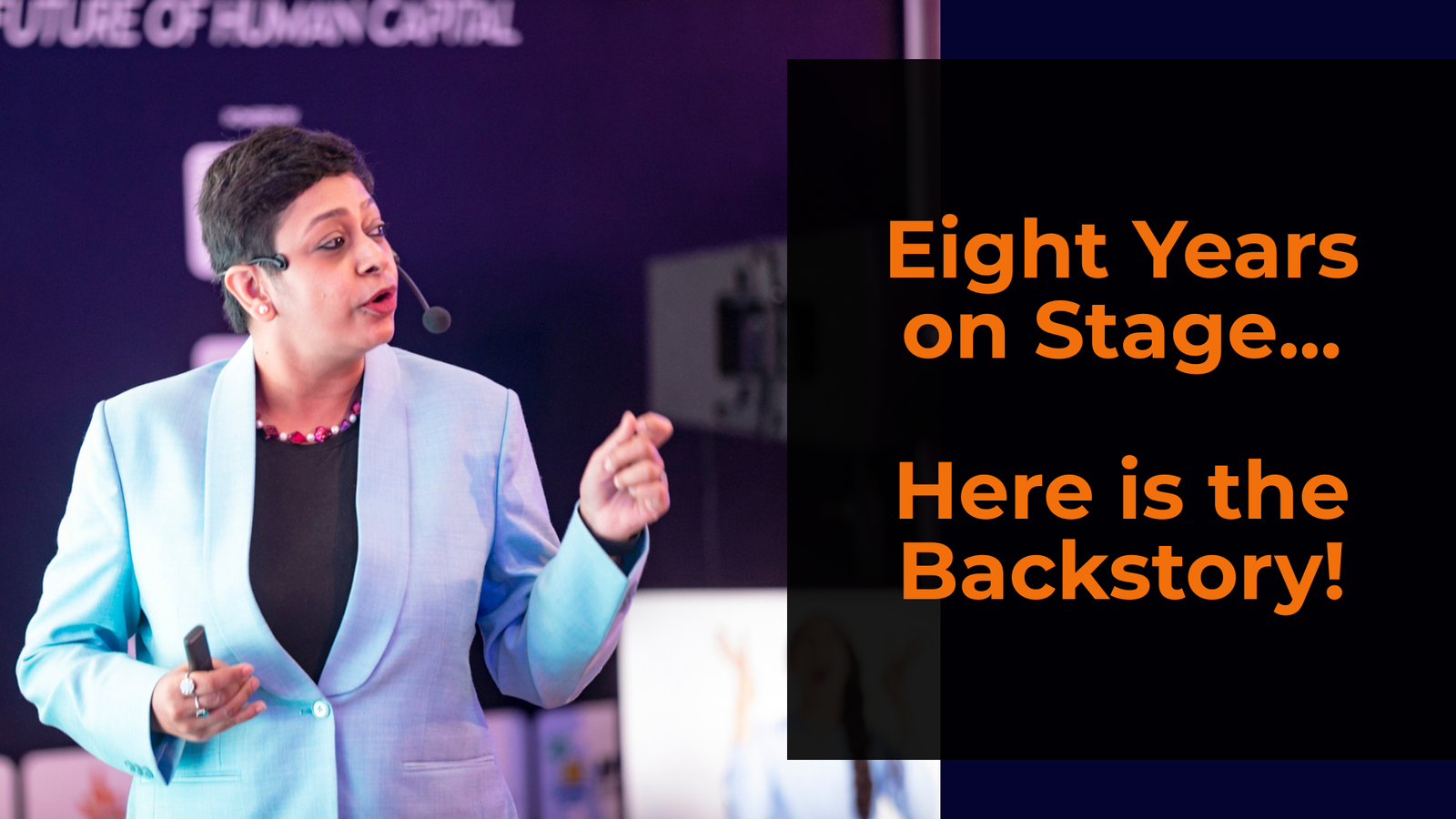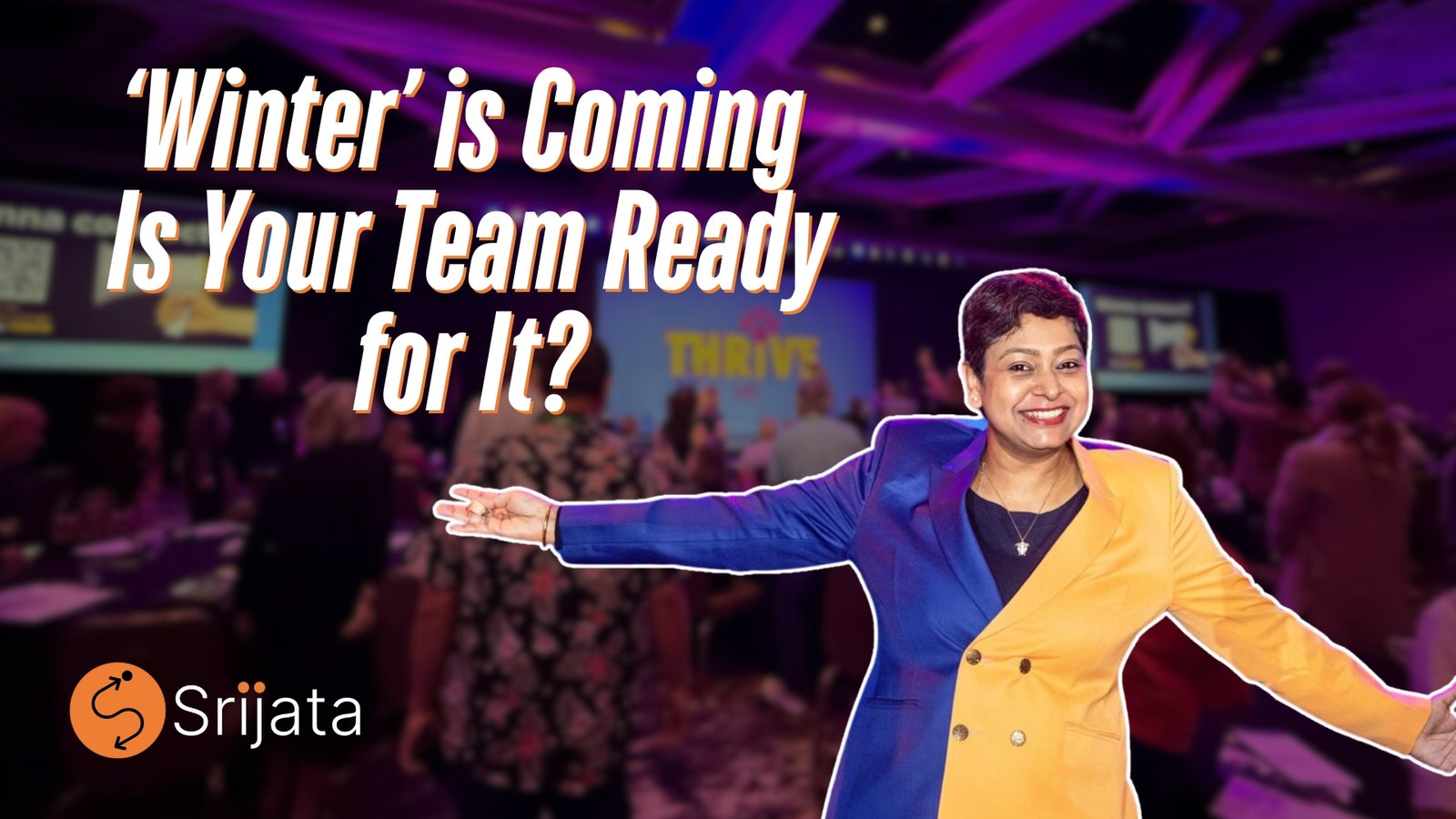You have implemented the best performance platforms, and your top talent is in place.
Pulse surveys? Completed. Learning portals? Confirmed. Hybrid policies? Definitely.
Yet, something isn’t clicking.
People show up, but not entirely. They complete tasks, but don’t take full ownership. They stay busy, but the spark is absent.
Sound familiar?
Here’s the thing no one wants to say out loud:
Most people aren’t underperforming because they lack skills.
They’re underperforming because they feel UNSAFE.
It is not physically unsafe, but speaking up is. Failing is. Being real is.
And the fear? It’s killing your highly qualified teams from the inside out. It harms their hyper productivity, performance, effectiveness, and efficiency. There, I said it!
Why Your Productivity Pyramid Might Be Stale:
Most organizations still stack performance like this:

It seems logical. It feels efficient. However, it breaks under pressure, especially when your team faces a rough patch, conflict, change, or crisis.
So, discard that pyramid!
Let’s replace that pyramid with a new one that actually works.
What if we started with belonging in the first place? What if the base of the productivity pyramid wasn’t skills, but instead belonging?
People feel safe, connected, and trusted when they belong, and they don’t just work harder; they work as if it matters.
I refer to this as the Belonging-Based Productivity Pyramid, which serves as the foundation for every resilient, high-performing team I’ve worked with.
New Age Belonging-based ™ Productivity Pyramid

The Client Case Study that Changed Everything:
During the pandemic, one of my clients, a five-star resort in the Maldives, had to shut down indefinitely.
They had to send over 800 employees back to their homes without any assurance of when they would reopen.
No guests. No revenue. No visibility into when they would reopen.
Now, imagine the anxiety. Moreover, the fear is whether employees will return to work when they finally reopen. Despite the significant setback, they recognized that their best course of action was to take a different approach. They moved beyond traditional methods to manage the situation.
Here’s what the leadership team did:
- They committed to paying 50% of their salaries despite having no income.
- They held monthly virtual check-ins, not to discuss work, but to check on the well-being of employees and their families.
- They provided the personal mobile numbers of C-suite leaders and told employees, “Call us. Anytime. For anything.”
When they reopened, 99% of the workforce came back.
How about some of their other competitors? About 55%-60% of employees returned to work.
That’s what belonging looks like in action. Done right, it can be a game-changer for your company.
Disengagement Doesn’t Always Appear as Disengagement:
If you believe that disengaged employees are merely those slacking off in the back row, you’re missing the point.
Some of your most disengaged people are…
Still completing deadlines.
Still attending meetings.
Still smiling.
They have stopped being themselves.
That’s why I created the Disengagement Decoder™—a simple tool to spot the subtle signals before they snowball.
Here’s what to watch for when identifying disengagement in your teams:
- Overcompliance
“Sure, whatever you say.”
- Too quick to concur
- Avoids constructive conflict
- seldom provides alternatives or pushback
What it signifies: A lack of psychological safety to express themselves when necessary.
- Chronic Busyness
“I’d love to think strategically, but I’m swamped.”
- Always multitasking
- Avoids deep or creative work
- Overemphasizes ‘doing’ over reflecting
What it signifies: Avoiding vulnerability or making decisions.
- Silence in Setbacks
[No questions. No pushback. Just polite smiles.]
- Does not ask for help
- Seldom actively participates in meetings.
- Conceals confusion or fear of being wrong
What it signifies: learned self-protection, not alignment. They have shut down emotionally.
- Perfectionism
“I didn’t speak up because it wasn’t fully ready.”
- Holds back ideas
- Over-prepares
- Will not share drafts or early thoughts.
What it signifies: They are overwhelmed by fear of failure or being judged incorrectly.
What Resilient Leaders Do Differently:
I once worked with a leader who began every Monday team meeting by asking:
“What did we learn from what didn’t go well last week?”
Not to assign blame. Not to shame.
But to create space. For reflection. For honesty. For resilience.
That single practice transformed the team’s vibe. People started taking ownership of their mistakes before being prompted. They began assisting one another in troubleshooting. They developed trust in the understanding that perfection is not necessary.
That’s what I refer to as Setback Leadership; it’s not solely about fixing problems.
It’s about developing the resilience to grow through them.
Introducing: The Setback SOP™ Framework:
The Setback SOP is my preferred framework for building team resilience, not reactively but systematically.
It consists of three layers:
- Mindset: Leaders demonstrate vulnerability and curiosity
- SOPs: Teams create rituals that encourage honesty and reflection
- Tools: Everyday language and frameworks that normalize the challenge
By utilizing these three layers of change, your teams learn to shift, own, and plan their productivity more efficiently and effectively, particularly in high-stakes environments. Think of it as an emotional infrastructure for performance under pressure.

Your Role as HR isn’t to Push Productivity; it’s to Build Belonging:
You’re not just running programs.
You’re designing experiences.
You’re shaping environments where people can either excel in their work or quietly disengage.
So, let’s stop measuring engagement as if it’s a checklist. Let’s evaluate it for its true worth.
Let’s begin developing a sense of belonging as a leadership strategy.
When people feel they truly belong, they bounce forward; they become stronger, bolder, and more committed than ever.
___
Interested in Trying the Disengagement Decoder with Your Team?
I’ve created a downloadable and editable version of the Disengagement Decoder checklist that you can use with managers, HRBPs, or to evaluate whether your teams are truly engaged at work. Please email me at srijata@srijatabhatnagar.com if you need it.






